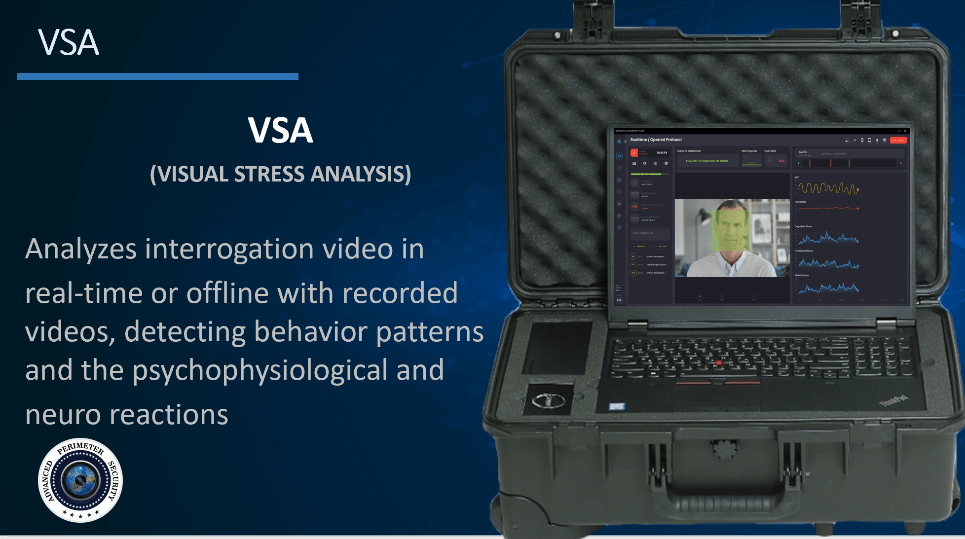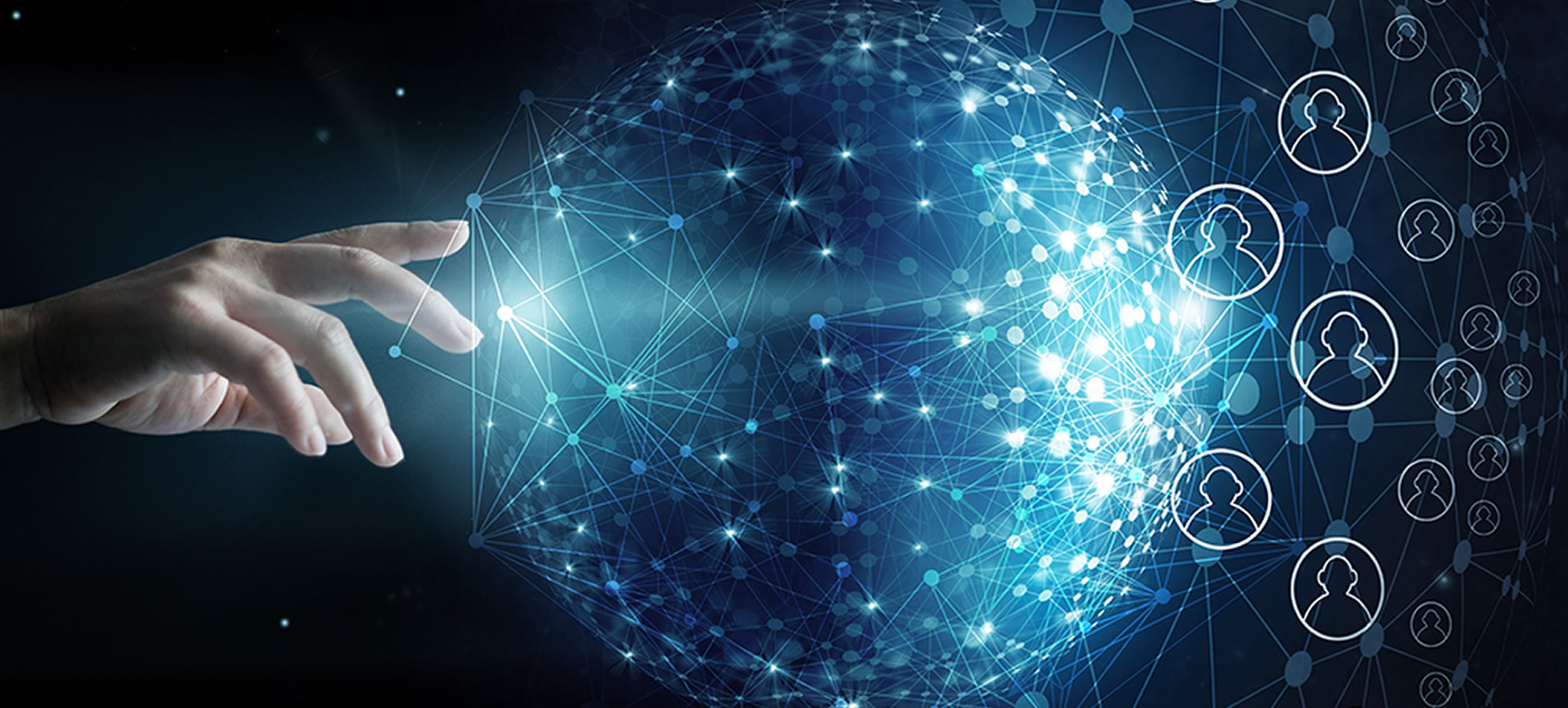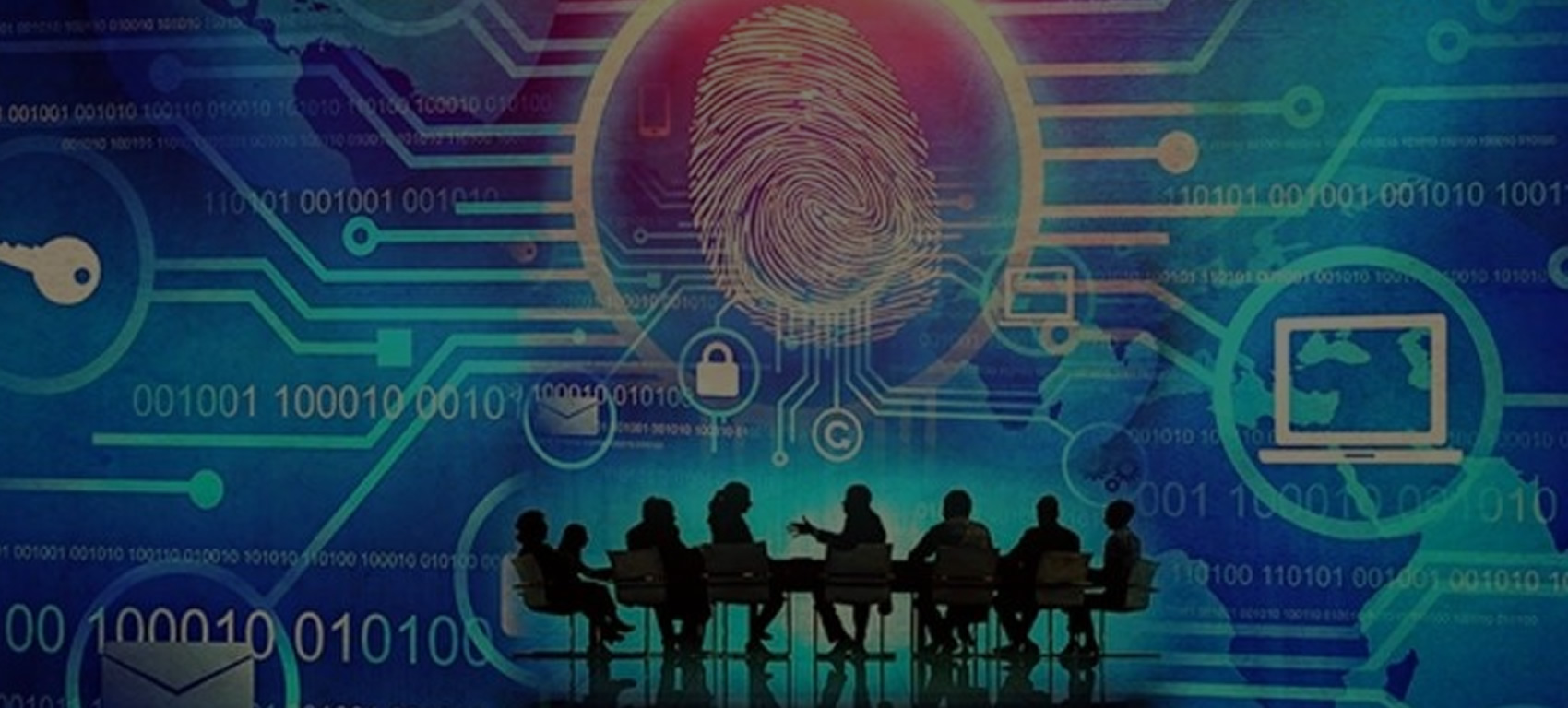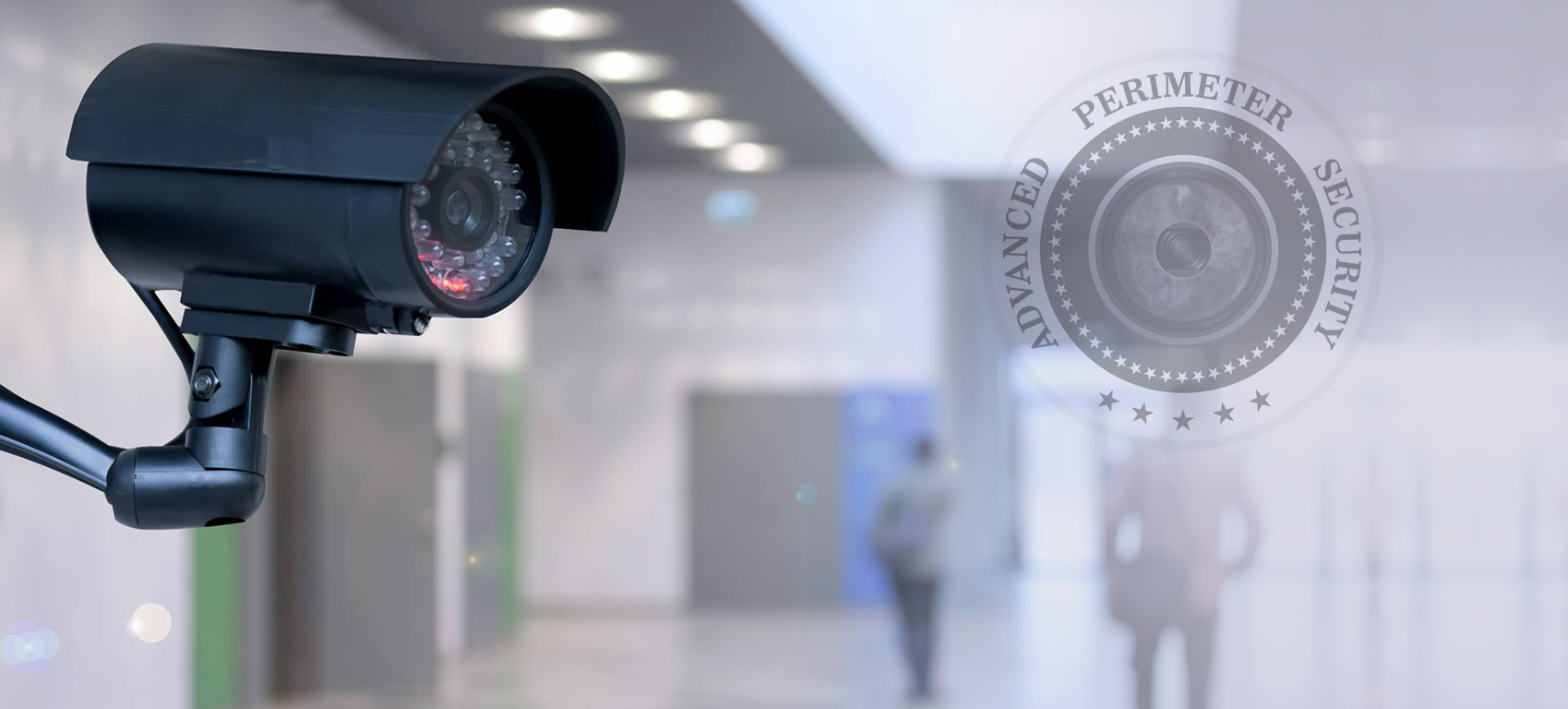
Video Real Time Lie Detector
For fast, accurate and effective interrogations. Based on AI-assisted analysis of regular video, Video Real Time Lie Detector extracts hundreds of psychophysiological parameters to determine the integrity level behind the words
-
Criminal investigations
The current suspect interrogation/interview takes 1.6 hours on average and relies substantially on the experience and skill of the interviewer. Criminal interrogations are resource heavy. It is time that a leading edge, high powered tool is added to the interrogator’s toolbox. It is easy to operate anywhere, and it produces a fact-based analysis of the suspect’s reliability. It can increase consistency between interrogations and appreciably reduce the dependence on expert interviewers. You can also use Video Real Time Lie Detector to sort through a number of suspects with competing stories; interrogators can interview the various suspects and compare the Video Real Time Lie Detector results. With imagination, many more uses for Video Real Time Lie Detector within criminal investigations are possible
Evidence Confirmation
Interrogators can show image or display items from the crime scene to suspects. The system evaluates the suspect’s Reactions even if no words are spoken. He psy -physiological reactions may add useful information and clarify which images/items are relevant to the crime, and perhaps even help expose who the culprits are.
-
Witnesses
When a witness identifies a suspect or provides any other essential information, and there is reason to suspect the witness is not reliable, Video Real Time Lie Detector can help you decide.
Border Control
Interrogation room of the border control
When sorting through the mass of people crossing the border, border control agents need to be alert and work quickly to catch smugglers, illegal immigrants and other possible offenders. Insight X can help agents in the interrogation room to work through a large number of suspects faster, increasing border security overall by enabling the examinations of more people and retrieving the information they need more reliably.




